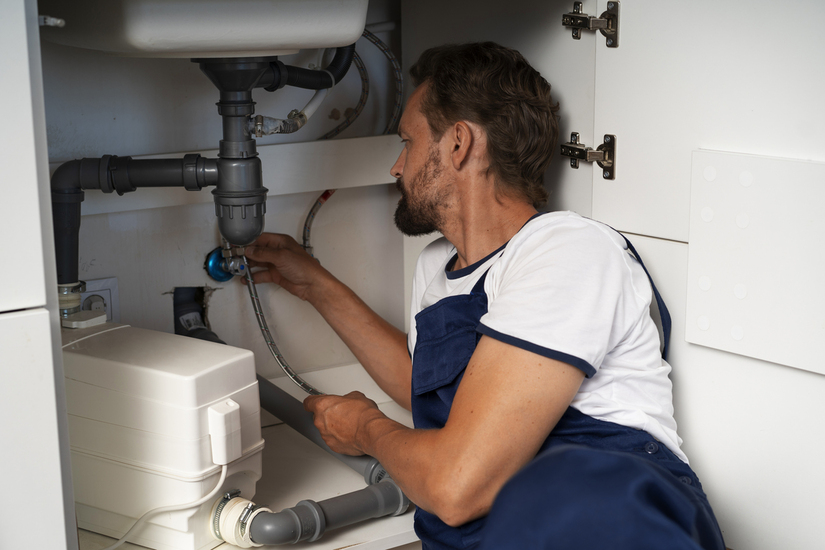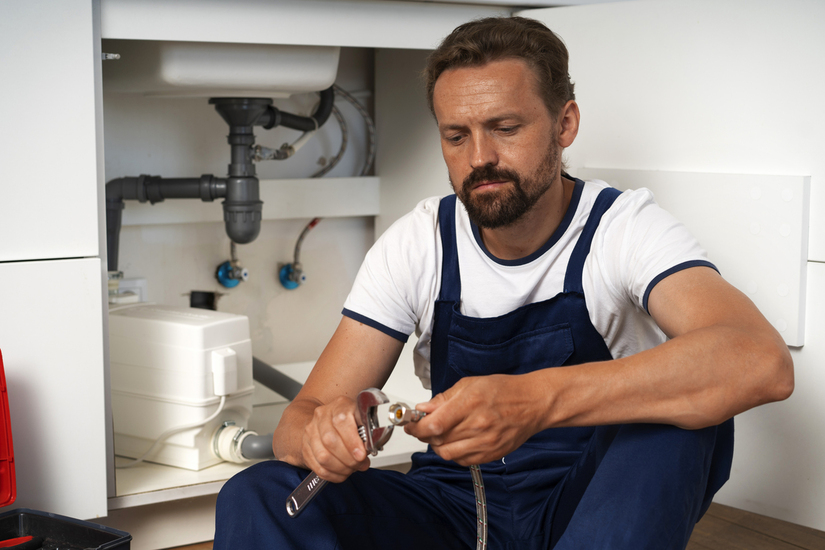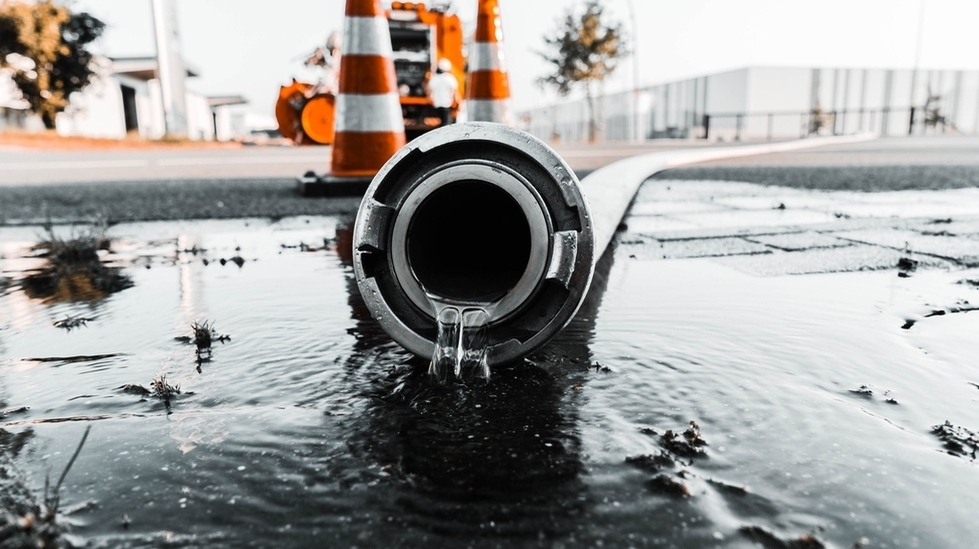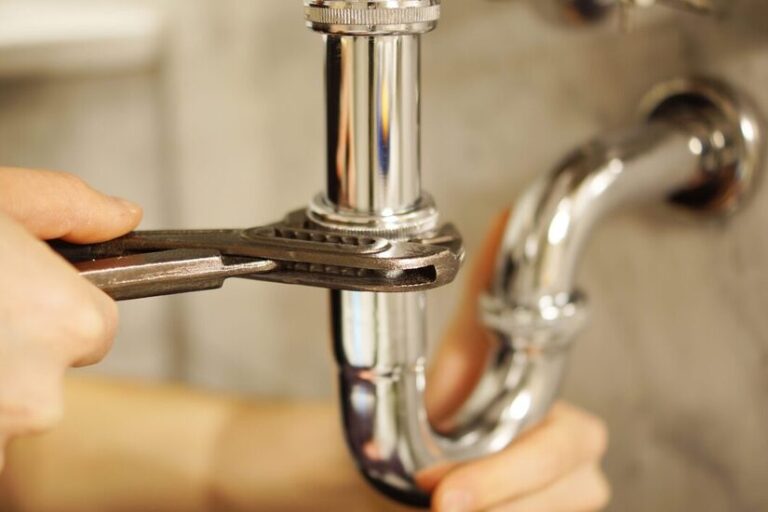Picture this: You step outside on a dry, sunny day, and your lawn has one weird, soggy spot. Or maybe your water bill has gone up for no reason.
It’s not uncommon for underground water leaks to be silent troublemakers. And the worst part? You can’t exactly dig up your whole property to find the source.
The good news? You don’t have to.
Today’s technology and methods allow us to detect underground pipe leaks without excavation.
Whether you’re a homeowner, property manager or plumber, knowing how to track leaks without digging saves time, money and a whole lot of frustration.
Let’s get into it.
Early Warning Signs Of An Underground Water Leak
Before you bring out the tech, let your house do the talking. Underground leaks leave subtle clues if you know where to look.
Here are the red flags:
- Spike in your water bill: If your usage habits haven’t changed but your water bill has gone up, something’s off.
- Drop in water pressure: Losing pressure in your taps or showers? You might be losing water underground.
- Wet patches in your yard: Not from a hose or rain? That could be water escaping from buried pipes.
- Unusually green grass: One patch thriving while the rest of the lawn struggles? Leaking water might be fertilizing that area.
- Cracks in your driveway or walls: Water erosion can shift the soil and strain your foundation.
- Sounds of running water when everything’s off: No taps running, but still hearing flow? Time to investigate.
These signs don’t confirm a leak but give you reason to dig deeper (not literally).
Check The Water Meter (Your Easiest DIY Clue)
Think of your water meter as your plumbing system’s tattletale. It can’t lie.
Here’s how to use it:
- Turn off all water sources inside and out. No washing machines, hoses, or toilets running.
- Locate your water meter (usually at the front of the property or near the curb).
- Watch the leak indicator dial; if it’s spinning, water’s moving somewhere.
- For a more accurate test, take a meter reading, wait 30 minutes (with all water off), and check again. A change means a leak.
This won’t tell you where the leak is, but confirms if one exists. If the dial’s moving and no one’s using water? Time to go a level deeper.
Acoustic Leak Detection: Listen To The Ground
Water escaping from a pressurized pipe makes noise, high-frequency hissing, gurgling, or whooshing. Acoustic leak detection turns those sounds into data.
How it works
Technicians use listening devices, like geophones or ground microphones, to scan the area. These tools isolate sounds that indicate water leaks underground. Think of it like a stethoscope for soil.
It works best when:
- The ground is relatively quiet (not next to a freeway or construction site)
- The pipe is under pressure
- The leak is significant enough to generate an audible flow
Pros:
- No digging
- Accurate for plastic and metal pipes
- Great for leaks under driveways, patios, or landscaping
Cons:
- Not ideal in noisy areas
- Requires trained ears and calibrated equipment
Thermal Imaging: Detect Temperature Changes

Water from underground pipes can change the temperature of the surrounding soil or slab. Thermal imaging picks up on this, even when it’s invisible to the naked eye.
Imagine a cold water pipe leaking under a warm concrete floor. A thermal camera will detect that cooler spot, even if the surface looks normal. It’s like spotting a ghost on a heat map.
This method works especially well for:
- Hot water lines
- Radiant floor heating systems
- Leaks under solid surfaces (tile, concrete, slab foundations)
What’s great about thermal imaging is how it visualizes the problem. You’re not guessing, you’re seeing the heat signature.
That said, thermal cameras don’t detect water, per se; they detect temperature differences. Interpretation matters.
Tracer Gas Testing: Find Leaks With Precision
For elusive or pinhole leaks, pros often turn to tracer gas. This involves filling the plumbing system with a harmless gas (typically a hydrogen/nitrogen blend) and using detectors to sniff it out.
Here’s the beauty:
The gas is lighter than air and seeps out of the smallest openings, even through concrete or soil. Once it escapes, it rises to the surface, where sensors pick it up.
Benefits:
- Pinpoints the location of the leak with surprising accuracy
- Non-invasive
- Works when acoustic or thermal methods fail
If you’re dealing with older pipes or a suspected leak under a structure, tracer gas is a game-changer.
Smart Water Monitors: Your Leak Bodyguard
Smart water monitors like Phyn, Flo by Moen, and LeakSmart are a rising trend in leak detection. While they don’t locate the physical break in the pipe, they monitor water usage and alert you to anomalies.
Here’s what they can do:
- Detect continuous low-flow leaks
- Monitor pressure changes
- Alert you via the app
- Some models even shut off water automatically during emergencies
For homeowners who want to catch water leaks early, before they’re swimming in bills, these tools pay for themselves.
They’re also ideal for rental properties or vacation homes where no one’s around to spot an issue quickly.
The Role Of Tree Roots And Shifting Soil
Let’s not forget that the problem isn’t always the pipe, it’s what’s happening around it.
Tree roots are notorious for infiltrating old clay or cracked PVC pipes. Over time, they work their way in, widen the gap, and create a leak that slowly worsens.
Also, soil movement (from weather, construction, or erosion) can shift or collapse pipes. That’s why leaks often appear seasonally or after landscaping changes.
Spotting roots on the surface or nearby doesn’t prove a leak, but if you have older plumbing and suspicious greenery, it’s worth investigating.
Call The Pros: When You Need More Than A Gut Feeling

Let’s be honest, sometimes all the gadgets in the world won’t replace experience.
If you’ve ruled out visible sources and still suspect a plumbing system leak, call a licensed plumber with leak detection experience. They’ll bring:
- Professional-grade listening devices
- Thermal scanners
- Tracer gas equipment
- Camera scopes for internal inspection
They’ll also know how to interpret readings and narrow down the location of the leak without a single shovel.
Why Digging Blind Is A Money Pit?
Excavating before confirming a leak’s location is like tearing walls down to find a squeaky pipe. It’s messy, expensive, and may not solve the issue.
Targeted, trenchless detection protects your:
- Landscaping
- Driveways
- Foundations
- Budget
It also speeds up repairs and minimizes water waste. You wouldn’t operate without a diagnosis, don’t dig without detection.
Train Smart: Use Simulations To Master Plumbing Diagnostics
Want to learn leak detection without risking real pipes? That’s where TradeFox steps in.
TradeFox offers realistic, hands-on simulation training for safe isolation, plumbing diagnostics, electrics, and more.
Whether you’re a diy enthusiast, apprentice, or seasoned tradesperson brushing up on modern methods, their platform helps you learn one simulation at a time, at your own pace.
It’s like a flight simulator, but for your hands-on trade. If you want to strengthen your skill set without costly trial-and-error in the field, TradeFox is the place to start.
Final Thoughts
Underground plumbing leaks are tricky, silent, but damaging. Waiting too long turns a small drip into a full-blown headache: rising water damage, high water bills, and a yard full of trenches.
But with smart tools like acoustic leak detection, thermal imaging, smart monitors, and tracer gas testing, finding the problem doesn’t have to mean tearing up your life or your lawn.
Know the signs. Use the tools. And when in doubt, bring in the experts.



